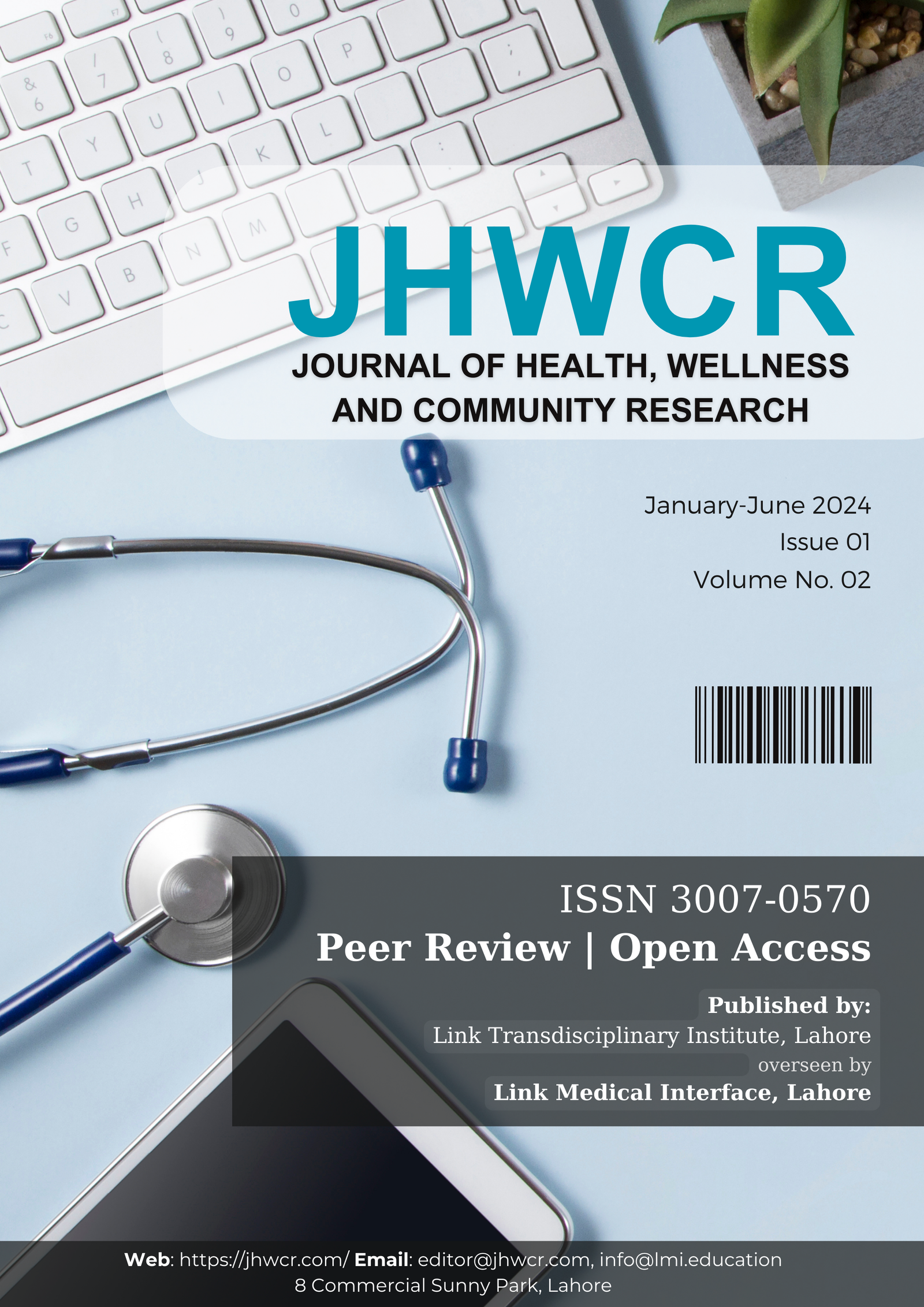Physiological Changes Among Neonates During Transportation from Delivery Room to Neonatal Intensive Care Unit
DOI:
https://doi.org/10.61919/ar4yvv72Keywords:
Neonatal Transport, Intensive Care Units, Body Temperature Regulation, Heart Rate, Oxygen Saturation, Patient Transfer, Infant, NewbornAbstract
Background: Neonatal transport from the delivery room to the NICU is a critical period with potential for physiological instability, yet few studies have directly quantified vital sign changes during this brief but vulnerable transition. Objective: This study aimed to assess the physiological changes in body temperature, heart rate, respiratory rate, and oxygen saturation among neonates during intra-hospital transport to the NICU, and to determine the association of standardized, rapid transfer with physiological stability. Methods: In this prospective observational study, 50 consecutively eligible neonates (aged 0–28 days) at Ali Fatima Hospital, Lahore, were enrolled. Inclusion required direct post-birth transfer to the NICU; neonates with congenital anomalies or requiring surgery were excluded. Vital signs were measured before and after transport using calibrated portable monitors. Data were analyzed using SPSS v27, employing descriptive statistics and paired t-tests; a p-value < 0.05 was considered significant. Ethical approval was obtained in accordance with the Helsinki Declaration. Results: Among 50 neonates (58% female, 20% preterm), 78% were transported in ≤10 minutes. Normal heart rate increased from 36% to 78% post-transport (p < 0.001), normal respiratory rate from 50% to 60%, and normal oxygen saturation from 50% to 62%. The composite stability score improved significantly (mean difference –0.72, 95% CI –1.165 to –0.275, p = 0.002). Temperature control remained suboptimal, with abnormal temperatures persisting in 46% post-transport. Conclusion: Timely, protocolized intra-hospital neonatal transport enhances physiological stability, especially heart rate and oxygenation, though thermal management requires ongoing improvement. Implementing structured protocols can advance neonatal safety and outcomes during this vulnerable phase.
Downloads
Published
Issue
Section
License
Copyright (c) 2025 Maryyam Bilal, Hajra Sarwar, Syed Muhammad Yousaf Farooq, Iqra Shahzadi, Zani Johnson, Mariam Abbas (Author)

This work is licensed under a Creative Commons Attribution 4.0 International License.


